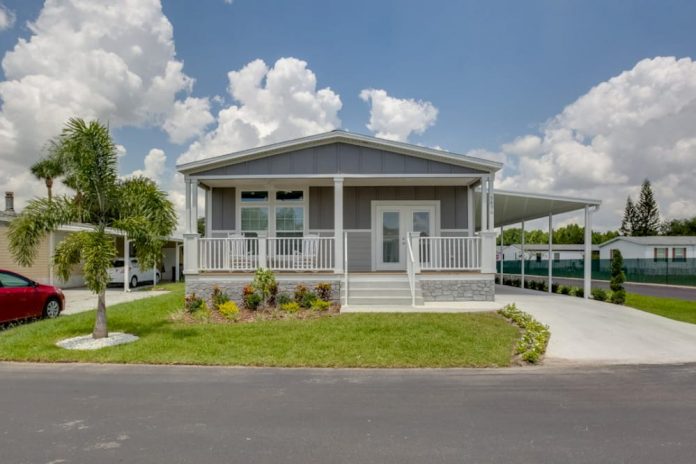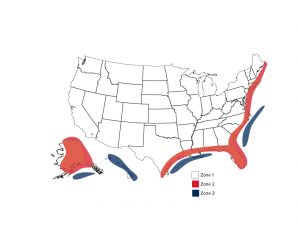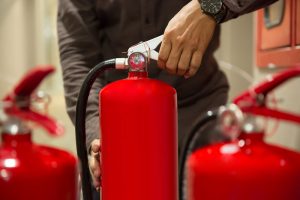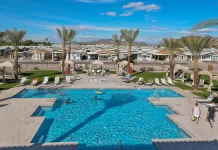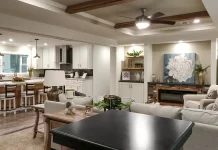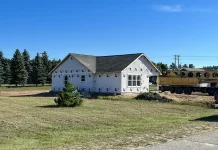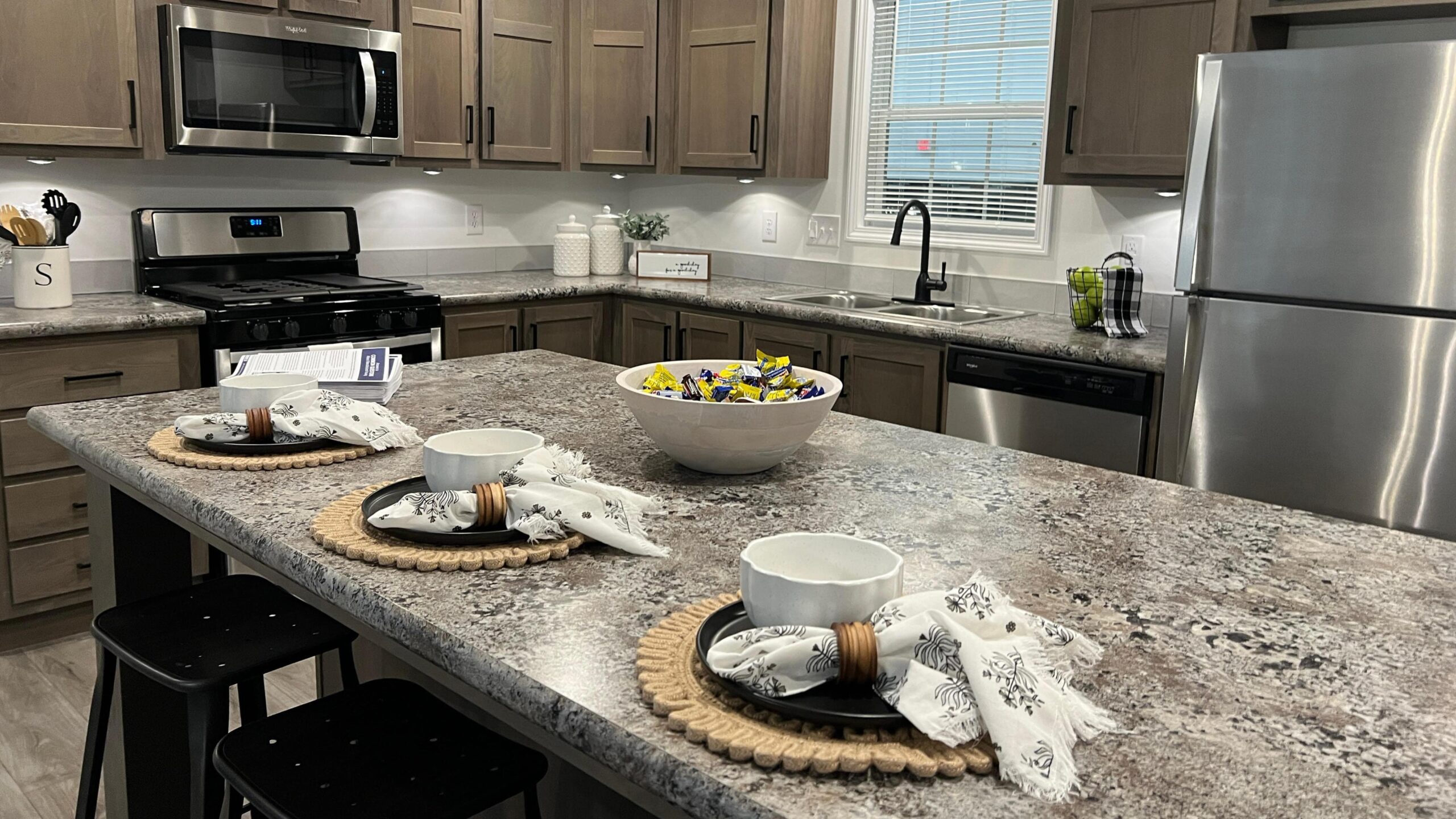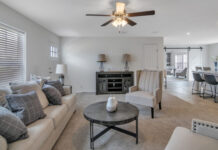For most homeowners, safety is priority number one when it comes to choosing a home. Your home is where you and your family will sleep and where you’ll store your most prized possessions, so it’s easy to understand why safety is a big concern for so many homeowners.
How Safe Are Manufactured and Mobile Homes?
This is a common question that many homebuyers ask. Fortunately, the news is good: Manufactured homes built after 1976 are required to follow a strict and federally enforced building standard that makes them extremely safe. In this article, we’ll talk about how the HUD code works and why it makes manufactured homes safe, as well as steps that manufactured homeowners can take to make their homes safer.
How the HUD Code Protects Manufactured Homeowners
The HUD Code (officially called the Manufactured Home Construction and Safety Standards) is one of the biggest reasons why manufactured homes are so safe today. (“Mobile homes” is a term that actually refers to pre-HUD Code homes, and it’s an inaccurate term when used to refer to today’s manufactured housing.)
Before the introduction of the HUD Code in 1976, mobile homes were not required to be built to any specific set of standards or building codes. The HUD Code established strict standards for (among other factors) home size, fire resistance, energy efficiency, and the steel chassis on which all manufactured homes are built.
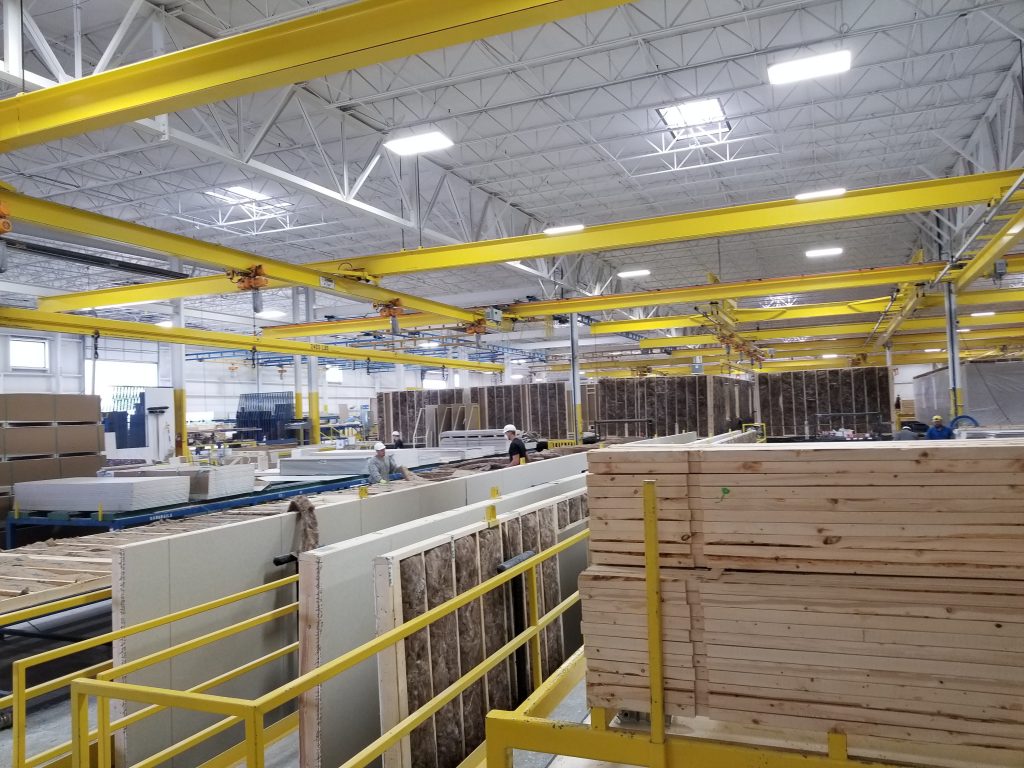
Any manufactured home that is built in accordance with HUD standards will have a red metal plaque–officially called the Certification Label but informally known as the HUD tag–affixed to its outer walls on the long side. Double wide and multi-section homes will have one HUD tag for each home section. The HUD tag certifies that the home has been designed and built in compliance with the HUD Code.
To this day, the HUD Code is still the only federally administered building code. This means that any manufactured home that is constructed in the U.S. since 1976 must follow the HUD Code, and that manufactured home buyers can be sure of what they’re getting when they purchase any HUD-compliant manufactured home.
One important way that the HUD Code protects manufactured home owners is through the wind zone system. The HUD Code includes regulations that divide the U.S. into zones based on expected maximum wind intensity, and any manufactured home sold in the U.S. must be rated for the wind zone where it will be installed. To learn about a home’s wind zone rating, you can find the manufactured home data plate installed in a cabinet or closet area.
Facts About Manufactured Home Safety
Here are a few more reasons why buying a manufactured home is a great choice for safety and security:
- Manufactured homes are assembled in climate-controlled factories where they’re sheltered from the elements–unlike site-built homes, which may be exposed to potentially hazardous weather conditions during construction.
- Each part of a manufactured home is precision-manufactured to meet highly standardized safety regulations.
- Manufactured homes are just as resistant to fire as site-built homes are. In fact,

U.S. map of wind zones for mobile homes according to a study by the National Fire Protection Association, manufactured homes have up to 44 percent fewer fires than site-built homes do.
- Over time, wind safety standards have continually been upgraded, including after Hurricane Andrew in 1992. When hurricanes struck Florida in 2004, not one manufactured home built and installed after 1994 was destroyed by winds.
How to Make Your Manufactured Home the Safest It Can Be
Manufactured homes are built to high safety standards, but that doesn’t mean that homeowners can’t make their homes even safer. There are some relatively simple steps that homeowners can take for a more secure manufactured home, including:
- Get a manufactured home inspection by a qualified professional before purchasing any

Fire safety for manufactured and mobile homes. manufactured home.
- Make sure your manufactured home is equipped with smoke detectors and carbon monoxide detectors. Test them regularly and change the batteries if needed.
- Keep at least two fire extinguishers in your manufactured home (one near the kitchen and one near the furnace).
- Create an emergency plan with your family members for safely evacuating your manufactured home.
- Always use a qualified professional manufactured home installer to install a new manufactured home.
- Consider having your manufactured home attached to a permanent foundation such as a concrete slab foundation. A permanent foundation will offer your home additional protection against certain hazardous weather conditions such as high winds.
At MHVillage, we care about the safety and security of manufactured homes just as much as homebuyers do. For more information, check out our essential mobile home security checklist and our list of important things to look for when buying a used manufactured home.


